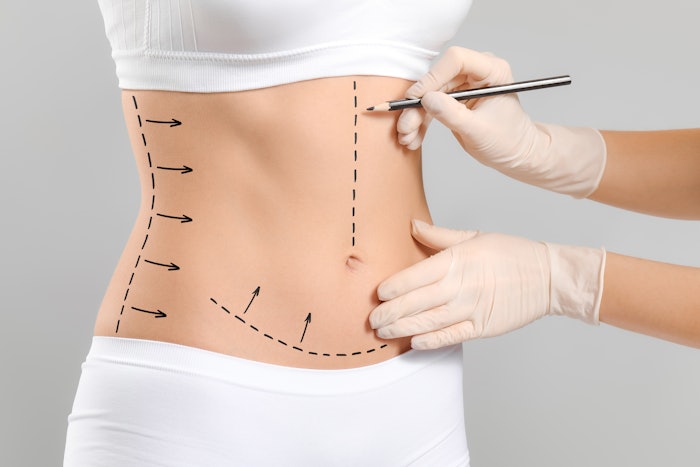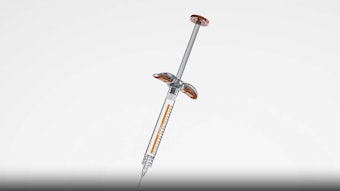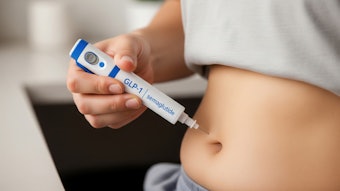
With the rise of GLP-1’s popularity, there has been a noticeable increase in demand for body contouring procedures like tummy tucks, body lifts and thigh lifts, per an NLM study. This surge is largely driven by the development of skin laxity in areas such as the abdomen, thighs, arms and buttocks. Traditionally sought after following bariatric surgery or pregnancy, tummy tucks have now taken on renewed significance in cosmetic surgery.
“GLP-1s are giving more people an opportunity at drastic weight loss without having to undergo bariatric surgery,” says plastic surgeon Siamak Agha, M.D., Ph.D., FACS. “GLP-1s are also causing those who don’t quite qualify for bariatric surgery to lose weight more easily.”
An NLM study[1] demonstrated a link between the use of GLP-1 and an increase in subsequent body contouring surgeries, such as tummy tucks. Although GLP-1 medications can be used after a body contour procedure, it is recommended to wait to undergo the procedure after desired weight-loss is achieved, Agha says.
Continued Weight Loss Post-Surgery Can Affect Tummy Tuck Results
“If someone has already had a tummy tuck and then loses weight through any method, they may see some change in their initial surgical result,” says Agha. “Depending on the patient, weight loss may enhance the results; however, a significant weight loss may cause more laxity, causing the initial tight tummy tuck to be more loose.”
There might be concern regarding the effectiveness and longevity of a tummy tuck if GLP-1 usage continues and more weight is shed, as more weight loss after the procedure makes the skin unable to shrink as much, and leads to loose or sagging skin after further weight loss.
When to Consider a Revision Tummy Tuck
If significant weight loss occurs after body contouring through a tummy tuck, a patient may need a revision tummy tuck. Agha says weight changes that are 15 pounds or less may not affect a tummy tuck as much as more weight loss would.
“If the patient feels they cannot maintain their weight after tummy tuck, the patient would benefit from finding the right GLP-1 dose for them to continue on,” Agha says.
Agha says skin tightening and body contour procedures have increasingly been sought after with GLP-1 use. A tummy tuck may benefit someone with excessive skin following rapid weight loss, he says, whereas patients who do not experience skin laxity after GLP-1 use and maintain muscle tone with exercise often seek noninvasive procedures like radiofrequency and other tightening treatments.
Timing Matters: When to Undergo a Tummy Tuck
It’s recommended that patients reach their weight loss goal before undergoing a procedure like a tummy tuck, as it’s important for patients to maintain a stable weight to preserve the results. Significant weight fluctuations of 10-20 pounds or more following a tummy tuck could potentially alter the contour.
“A tummy tuck would complement the results of [GLP-1] fat loss by excising and tightening the loose skin,” Agha says. “This, in turn, can motivate the patient to continue to lead a healthy lifestyle with exercise and proper nutrition, with or without the further assistance of GLP-1’s.”
References:











